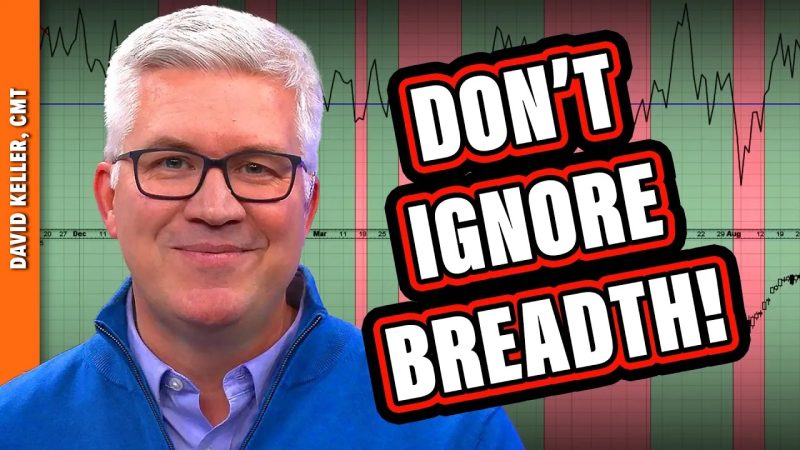When it comes to analyzing the stock market, traders often rely on various technical indicators to make informed decisions. While there are numerous indicators available, breadth indicators play a crucial role in providing a broader perspective on market conditions. These indicators go beyond individual stock prices and delve into the overall health and strength of the market. Here are the top 5 breadth indicators that you can’t afford to ignore:
1. Advance-Decline Line:
The Advance-Decline Line (ADL) is a breadth indicator that measures the number of advancing stocks versus declining stocks on a particular exchange. By tracking the cumulative difference between advancing and declining issues over time, the ADL provides valuable insights into market trends and potential reversals. A rising ADL indicates a broad-based market rally, while a declining ADL may signal a weakening market.
2. New Highs – New Lows:
The New Highs – New Lows indicator compares the number of stocks hitting new highs versus new lows over a specified period. This indicator helps traders assess market breadth by analyzing the strength of stocks reaching new highs relative to those making new lows. A widening spread between new highs and new lows suggests a healthy market, while a narrowing spread could indicate a potential market downturn.
3. McClellan Oscillator:
The McClellan Oscillator is a popular market breadth indicator based on the difference between two exponential moving averages (EMAs) of advancing and declining issues. By measuring market breadth momentum, the McClellan Oscillator helps traders identify overbought or oversold conditions in the market. Positive values indicate buying pressure, while negative values signal selling pressure.
4. Bullish Percent Index (BPI):
The Bullish Percent Index (BPI) is a breadth indicator that measures the percentage of stocks within a specific index or sector that are trading on a point-and-figure buy signal. The BPI provides a concise summary of the overall market sentiment by indicating the percentage of stocks exhibiting bullish behavior. A high BPI suggests a bullish market outlook, while a low BPI indicates bearish sentiment.
5. Percentage of Stocks Above Moving Averages:
This breadth indicator calculates the percentage of stocks trading above their moving averages, such as the 50-day or 200-day moving averages. By analyzing the proportion of stocks in an uptrend versus a downtrend, traders can gauge the underlying strength of the market. A high percentage of stocks trading above their moving averages indicates a healthy market environment, while a low percentage may precede a market correction.
In conclusion, breadth indicators are essential tools for assessing market breadth and analyzing the overall health of the market. By incorporating these top 5 breadth indicators into your technical analysis toolkit, you can gain valuable insights into market trends, potential reversals, and overall market sentiment. Stay informed and make well-informed trading decisions by utilizing these key breadth indicators in your investment strategy.
